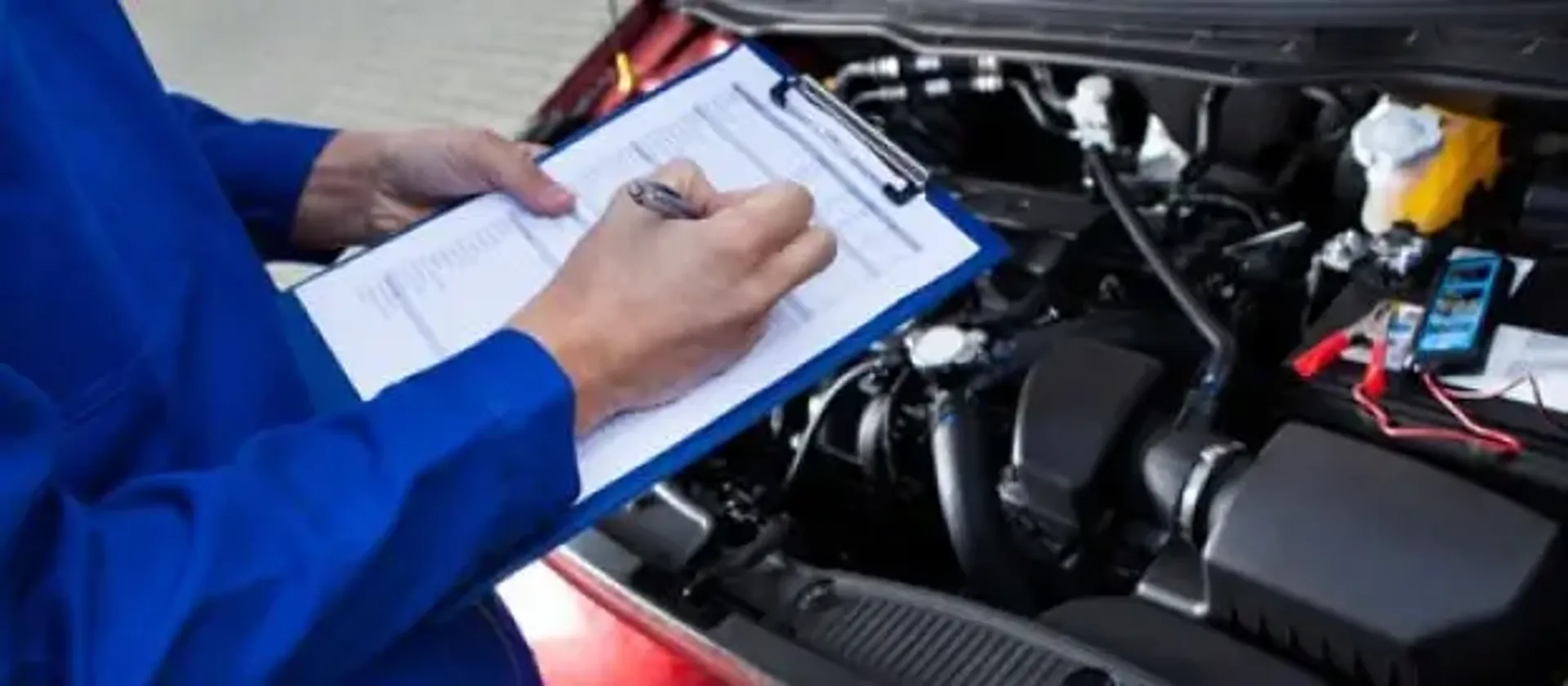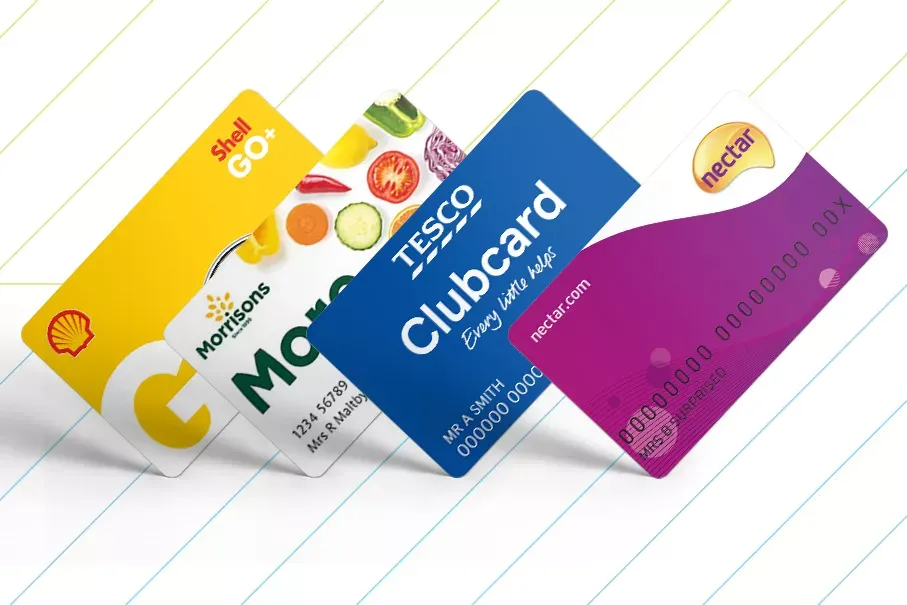02/12/2016

In 2015, Lex Autolease conducted a survey of avoidable downtime in fleet vehicles. The survey, which looked at 500 SMEs in the UK, found that 25 % of fleet vehicles failed their MOT: and that over half of the participating companies admitted to clocking up garage time through poor maintenance and driving.
The cash figures speak for themselves. One quarter of fleet vehicles failing MOTs translates to £350m in unnecessary repair costs. With winter upon us, and cold-weather driving/repair issues top of the list for fleet managers, planned maintenance is essential.
Scheduled maintenance and repair: advance bookings prevent downtime
Planning is the key to avoiding costly downtime in the Christmas delivery season. Businesses that adopt a scheduled maintenance and repair (SMR) approach save money by building fleet protection into their operations. SMR is easy to manage, allowing fleet managers to know when their vehicles are on the road and when they’re not: scheduling your maintenance means you can have a full roster of drivers working when they’re needed, and even book auxiliary drivers well in advance to cover busy periods.
Some fleet businesses book out-of-hours SMR appointments, further minimising their business costs by having vehicles maintained when they wouldn’t be out on the road anyway. Pre-booked appointments also remove delays associated with ordering replacement parts.
Planning winter maintenance
Winter is hard on an unprepared vehicle: SMR for cold weather largely avoids the risks associated with falling temperatures. Diagnosing an elderly battery and fitting a replacement in good time, for example, means no delays in the busy season due to fleet vehicles failing to start. And regular checks on antifreeze levels, tyre tread depth, and tyre pressure can save time and money as they deflect the costs associated with vehicles that perform poorly, unpredictably, or even dangerously in winter conditions.
Driver education
Driver education is a key maintenance tool. Many of the simplest checks—for tyre pressure and tread depth, for oil level, for washer fluid—can be performed by your drivers. And yet on average only 50 % of company drivers in the Lex Autolease survey had the basic knowledge required to change tyres, keep an eye on tread depth, or check the pressure of their tyres. A small investment in training time can reap large cost savings by preventing diminished fuel efficiency, unnecessary mechanical wear and tear, and accidents.
Do you undertake planned maintenance? Let us know your experience on Twitter and LinkedIn


